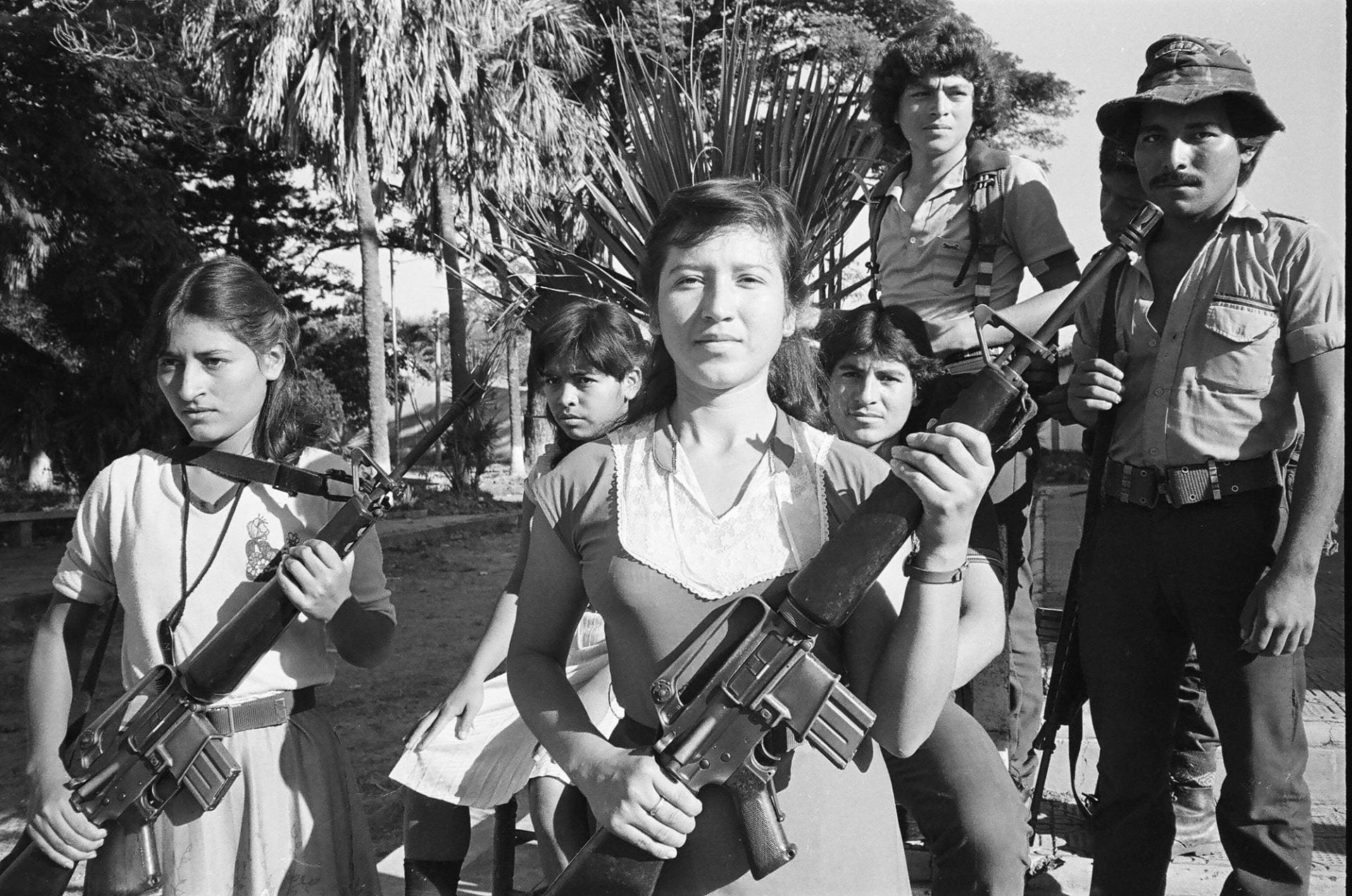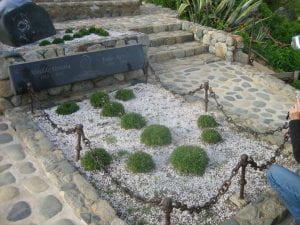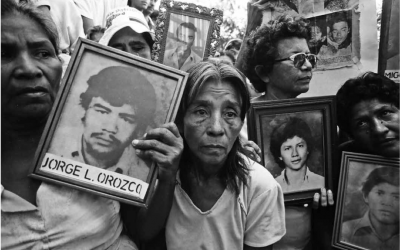Neruda and the Chilean Open Graves
Windows of Hope
Chilean graves have been opening during the last years. Remains of poet Pablo Neruda were removed last May from his tomb facing the Pacific in the small Chilean coastal town of Isla Negra. Before Neruda, in May 2011, remains of former President Salvador Allende were also unburied, to fully determine if he in fact committed suicide while military forces bombarded the presidential palace.
Víctor Jara, one of Chile’s best musicians, founding father of local New Song movement, was also exhumed in June 2009, after judicial authorities reopened the investigation into his death. Exams revealed that Jara received 44 bullet wounds, and that he had been tortured and his wrists were broken while detained in the stadium now bearing his name. The Chilean justice system ordered the arrest of eight former army officers—including a demand for the extradition of Pedro Pablo Barrientos Núñez from the United States. “There has been a slight window of hope since the exhumation” said the widow of the artist, Joan Jara.
Former Chilean President Eduardo Frei Montalva, who preceded Allende and died in the same clinic where Neruda passed away, was also exhumed in 2006. Septicemia was the official cause of his death, but his family suspected murder. After forensic exams, a Chilean judge determined that the death of the former president was homicide perpetrated by Pinochet agents. Six persons were arrested in a still ongoing judicial process.
Allende, Jara and Neruda died in 1973, Frei Montalva in 1982. They have been dead for 30, 40 years. Why are their remains unburied now? Are they the dead markers of a failed transition? Or do they represent living proofs of a stronger democracy and how universal demands for truth and justice may resist any artificial limit as they go on for generations?
It is significant that most of these exhumations took place under the administration of President Sebastián Piñera without any real public concern for democratic stability. In 2009, Piñera’s election was widely seen as marking the end of Chilean political transition and the healing of wounds that some described as “from the past.”
THE ADVANTAGES OF WAITING
Human rights cases are kept alive thanks to the tireless persistence and the permanent sense of urgency on the part of relatives of the victims. They know that mothers, families and friends of victims may get old and die not knowing the truth or receiving justice. There is no excuse for the slow pace of justice; but there must be at least hope in certain cases.
“It may be that at least some aspects of justice prove easier to attain after time has distanced the actors and the society from the events in question” writes Naomi Roth-Arriaza in The Pinochet Effect, a book that details the circumstances of the Pinochet detention in London and its unexpected effect in Chile (the conversations it opened, the truth that it revealed, the justice limits it tested). The assertion seems particularly appropriate in the case of recent Chilean exhumations.
Roht-Arriaza has described “the advantages of waiting” in the cases of human rights crime trials, and at the beginning of the 21st century those advantages are seen in Chile. She describes how, as time passed and democracy grew stronger, witnesses lost their fear while those most implicated in human rights crimes retired and lost their influence.
Víctor Jara’s widow Joan watched with despair when the inquiry into the death of the musician was closed in 2008 with no conclusive results. But she managed to keep hope and courage, and renewed her public call for information to any of the 6,000 persons, soldiers and detainees alike, who were part of the detention center where Jara was killed. And finally, former conscripts began to talk: “They had been seriously threatened over the years and they had been living in fear,” said Joan Jara, who collected enough information to reopen the case that led to Víctor’s exhumation.
Time passes for judges too and, in another effect described by Roht-Arriaza, new magistrates may “have less of a personal stake in trying the crimes of the past” decades after repression. New, younger judges, “who don´t feel the guilt pangs from their inaction in desperate times “are (more) willing to follow the evidence wherever it goes.”
When special judge Miguel Vásquez issued indictments and arrest warrants against eight former military officials involved in Jara’s death, his widow observed “the interesting thing is that the new judge is not from a human rights background; he is a criminal judge. This has produced different results.”
Allende was unburied on the first official investigation into his death. The inquiry was part of new investigations into 726 human rights-related cases where no investigations had been undertaken before. Filing the legal complaints on behalf of the victims, the judicial prosecutor said to the Chilean press: “Justice will investigate what has not been investigated yet, and it will reach the relating result. We may clarify some situations, some others we will not. But judicial power will investigate, so that 10 years from now, no one may say: this is still pending.”
NEW FORENSICS
The Neruda exhumation was covered globally not only from political perspectives but also from criminal ones. It became a mystery to resolve, maybe a political crime and an attractive challenge for any judge. First forensic results—that proved Neruda had cancer but did not rule out another cause of death—were dispatched in weeks. Amid public attention and international interest, free from the imposed and self imposed political complications of the 1990s, there are good reasons to believe that the case will move as fast as possible in the following months.
Forty years after his death, the search for answers in the remains of Neruda and the bones of political or other victims might also benefit for the developing of new forensic techniques also being applied in countries dealing with similar challenges of justice, like Mexico or Guatemala. In the Neruda case, the forensic team is composed of members of Chilean Forensic Medical Service, experts from the University of Chile, United States and Spain and observers from other countries with expertise in medicine, anthropology and toxicology among others. Sweden, Switzerland and Canada also offered their help.
But the benefits of new forensic techniques do not mitigate the sort of unnatural process of removing human remains, even if the processes are conducted sensitively. When Neruda was “disturbed from his rest,” as The New York Times observed, classical musicians played a set based on his works, adding solemnity to the ceremony. After the exhumation, Víctor Jara was reburied in a massive funeral where thousands paid homage and respect. Even if they do not erase the pain, such gestures and ceremonies may open public dialogues that are part of a reconciliation process.
Exhumations may be sad and disturbing exercises. But they may also be unexpected parts of the “multitude of strategies” that Louis Bickford described in Human Rights Quarterly in 2007, including truth commissions, criminal prosecutions, reparation policies and memorials as elements used “for dealing with past, human rights abuse, atrocity and conflict.”
TRIALS AND TRANSITION
Once democracy was recovered, Chilean democratic governments addressed a traumatic past of torture, killing and disappearances in the frame of a political transition with Pinochet still positioned as a life Senator. In a long series of “tacit pacts,” Patricio Aylwin, the first elected president after the military dictatorship, offered justice “to the extent possible.” Three leaders of Pinochet’s secret services were incarcerated, but in a special prison facility, and many perpetrators of human rights crimes and abuses remained in a state of impunity or had wide access to penal benefits.
The Chilean Truth and Reconciliation Commission report, “Informe Rettig,” investigated repression between 1973 and 1990. Endorsed by the state, the report brought truth and dignity to the memory of more than 3,000 victims. Nevertheless, in a 2005 Special Report for the United States Institute of Peace, Judy Barsalou described the Chilean commission as “one of the clearest cases of a transitional justice mechanism compromised by politics. Although its work was still of great value, its mandate was limited in three important aspects: it could investigate only deaths and disappearances…all of its hearings were held in private; and it was forbidden to name perpetrators.”
Historian of modern Latin America Kirsten Weld, assistant professor at Harvard, describes the effect of the Piñera government, the first government after 1989 not made up of Pinochet opponents. As Chile returned to democracy, former military authorities were a real threat; the vestiges of a drama of deaths, tortures and exile may have kept some politicians from taking measures that could be perceived as too provocative by the military. A certain sense of loyalty to the recovered democracy may have also discouraged the demands for justice. Former opponents became the establishment. Once Piñera was elected, relatives of victims and judges were not afraid of rocking the boat anymore.
In a country where a wave of students protest has lead to a profound debate about the Pinochetian bases of economics and politics and the calls for a constitutional reform, there is no space to repress some pending questions from the past. That Neruda died of cancer, and maybe of grief in the aftermath of the coup was a poetic, but also a politically useful answer to his death. His aide and driver, Manuel Araya, spent years denouncing it as a political murder, but he was ignored as a witness as the Neruda Foundation and the poet’s survivors found their own way to deal with the death. Araya may not be right, but he sounded reasonable enough for Judge Mario Carroza who, after two years of investigation, ordered the exhumation of Neruda’s remains.
Roht-Arriaza proposes to decouple transition and trials. Even if there is a transitional moment during which new authorities must use a temporary unity and legitimacy to address human rights violations, trials may extend for many decades beyond that time.
This is good news for those who will never stop demanding answers. Chilean relatives of victims value the advances in truth, but resent the lack of justice. Exhumations, even somber and sad, are seen as an important part of keeping their fight alive. Isabel Allende Bussi, daughter of the socialist president, agreed to the exhumation even if she and the rest of the family were convinced that her father had taken his own life: “We have to set the example if we’re asking that other actors provide complete cooperation”.
The wounds from political repression are now part of Chilean identity; they are not only scars but reminders of the fractures of a resounding fall. It is not simply the past that is haunting; it is the present shown in all its weaknesses and strengths, and the coming future that need to take all this history into an account, one that can always be seen with new, courageous eyes.
Related Articles
A Search for Justice
In 2004, when I left Harvard and last saw you, I thought I would never learn the truth of what exactly happened to Carlos Horacio in the horrendous holocaust of the Palace of Justice in Bogotá. Yet fate was holding a tremendous surprise for my daughters and me, filled with…
Memory: Editor’s Letter
Editor's Letter Memory Irma Flaquer’s image as a 22-year-old Guatemalan reporter stares from the pages of a 1960 Time magazine, her eyes blackened by a government mob that didn’t like her feisty stance. She never gave up, fighting with her pen against the long...
A Search for Justice in El Salvador: One Legacy of Ignacio Martín-Baró
In the small rural town of Arcatao, Chalatenango, Rosa Rivera clung to the hope that one day she would find the remains of her disappeared mother and father and lay them to rest in peace. Others sought to exhume mass graves hoping to recover bodies of nearly 1,000 relatives massacred in the Río Sumpul. …





